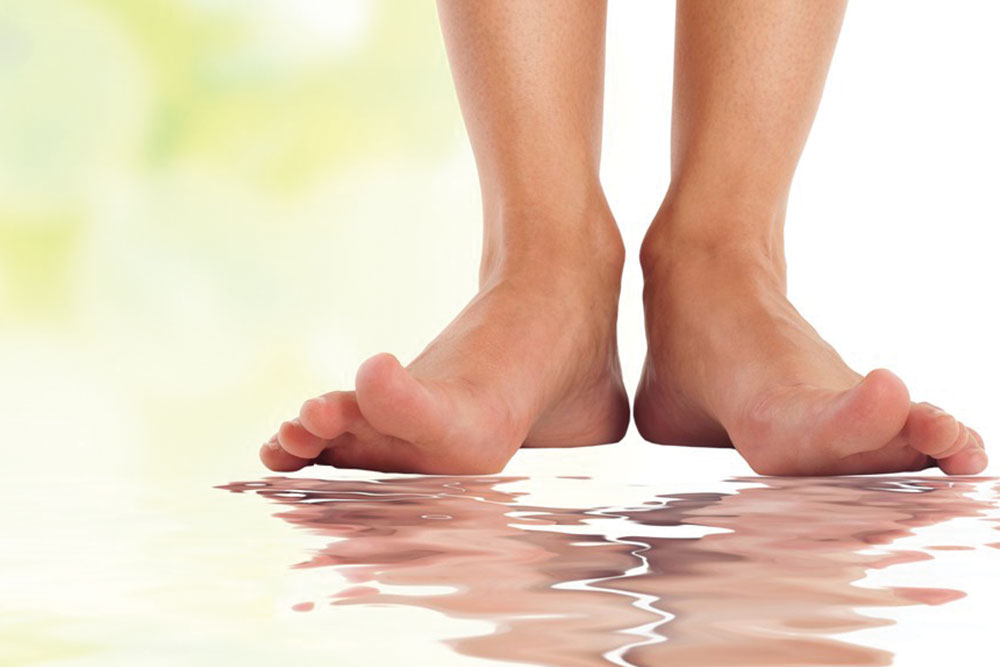Search
Account
- Returning Provider? Click Here to login to your business account.
- New customer? Sign Up for a Personal Account.
-
Need a Provider Account?
Call 800-556-5572 to
Sign Up for a Business Account. Learn More
Comfort that Supports You - Up to 75% Off + Free Shipping | SHOP NOW! | ENDS 7/21/25 | Details




